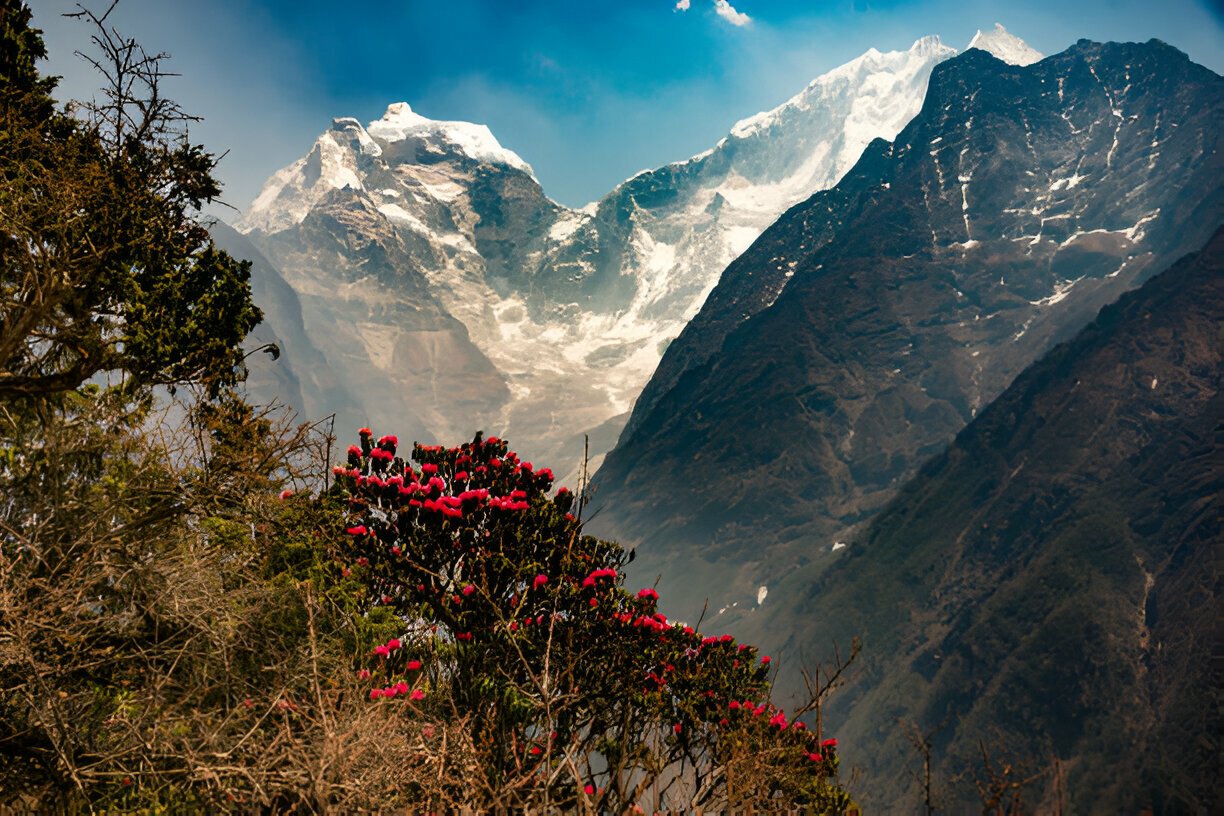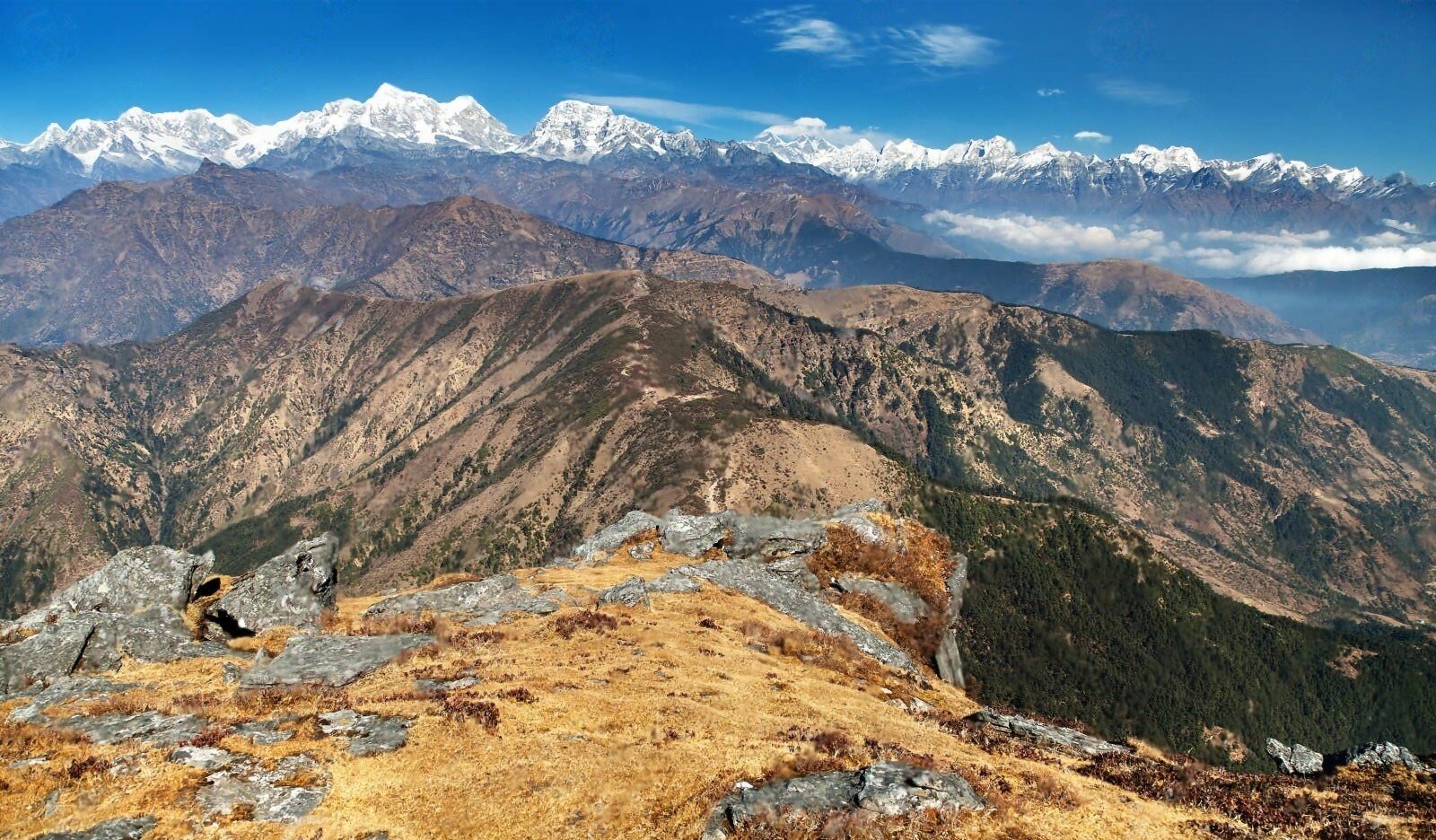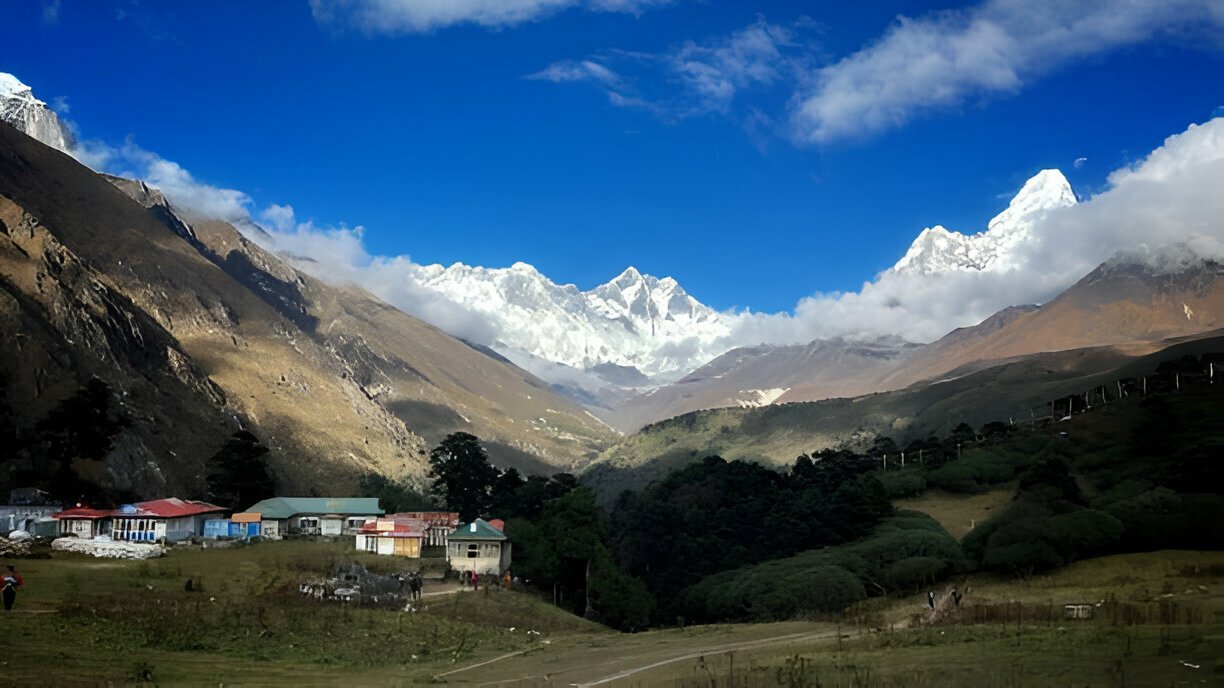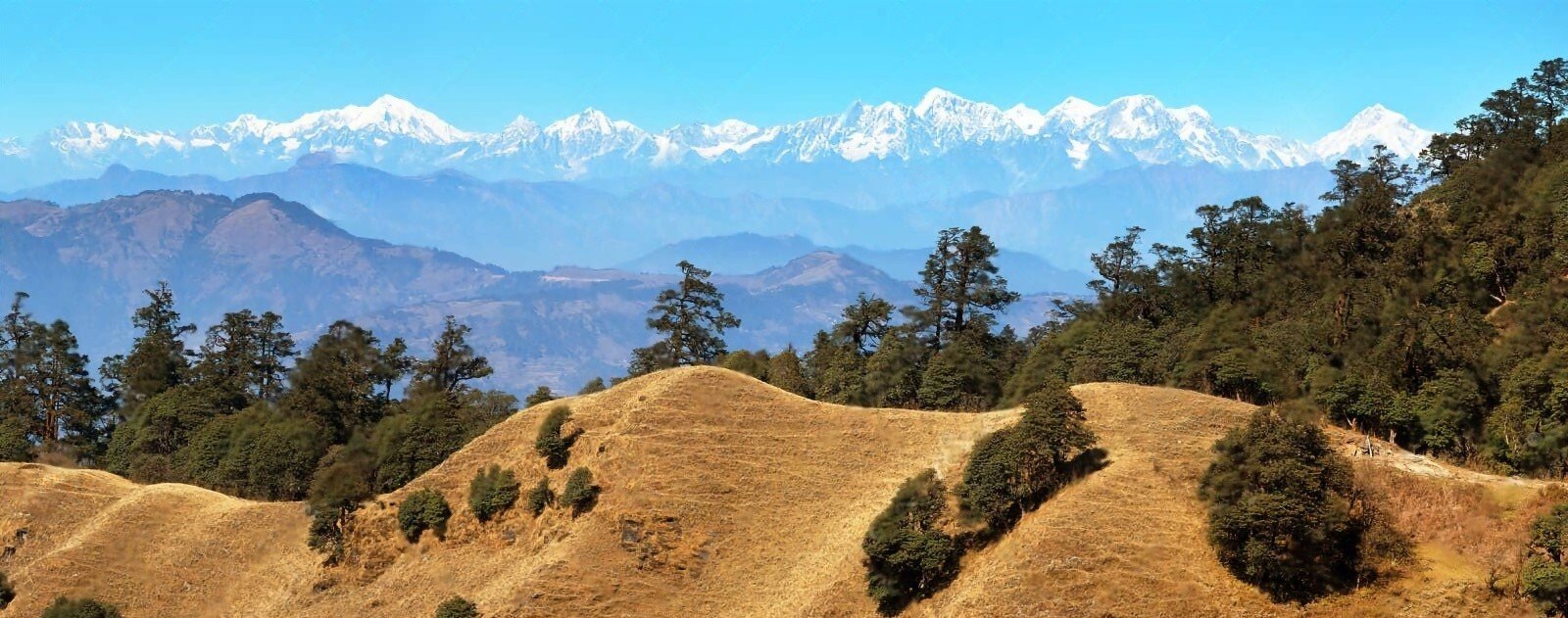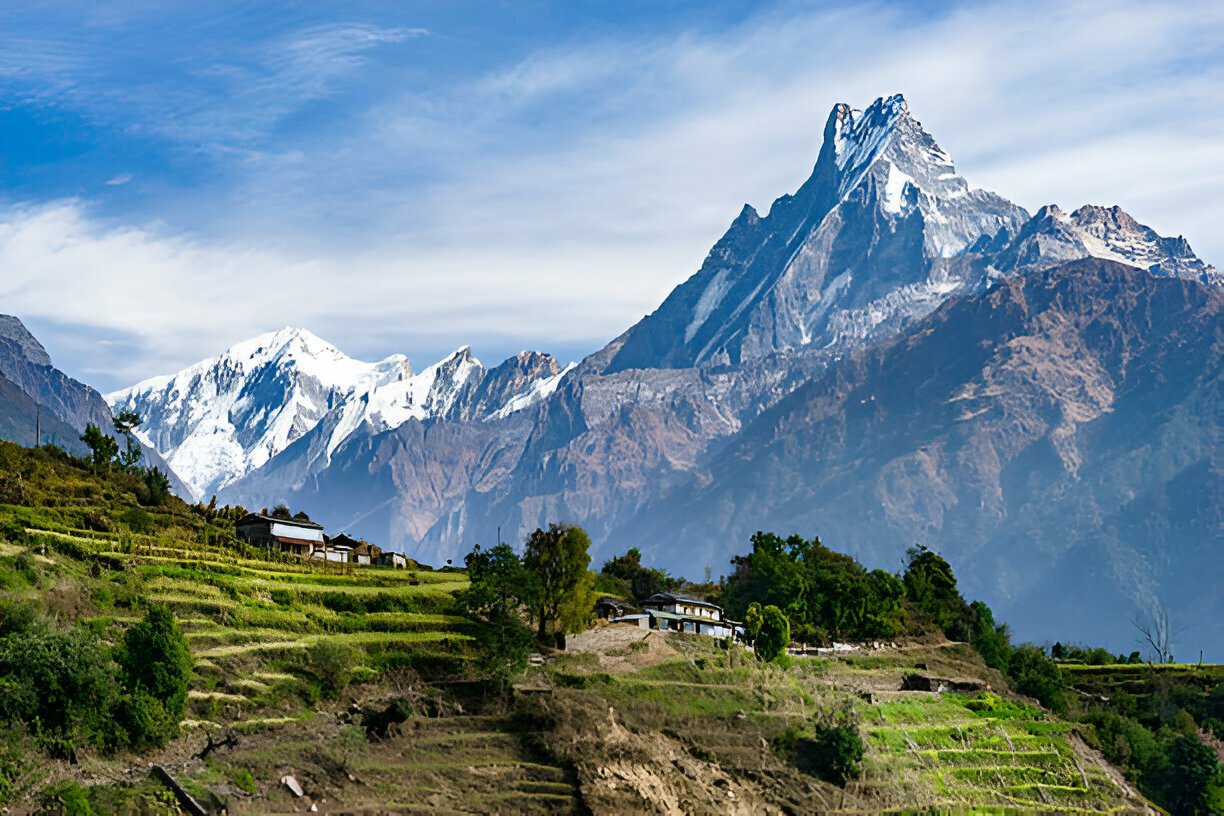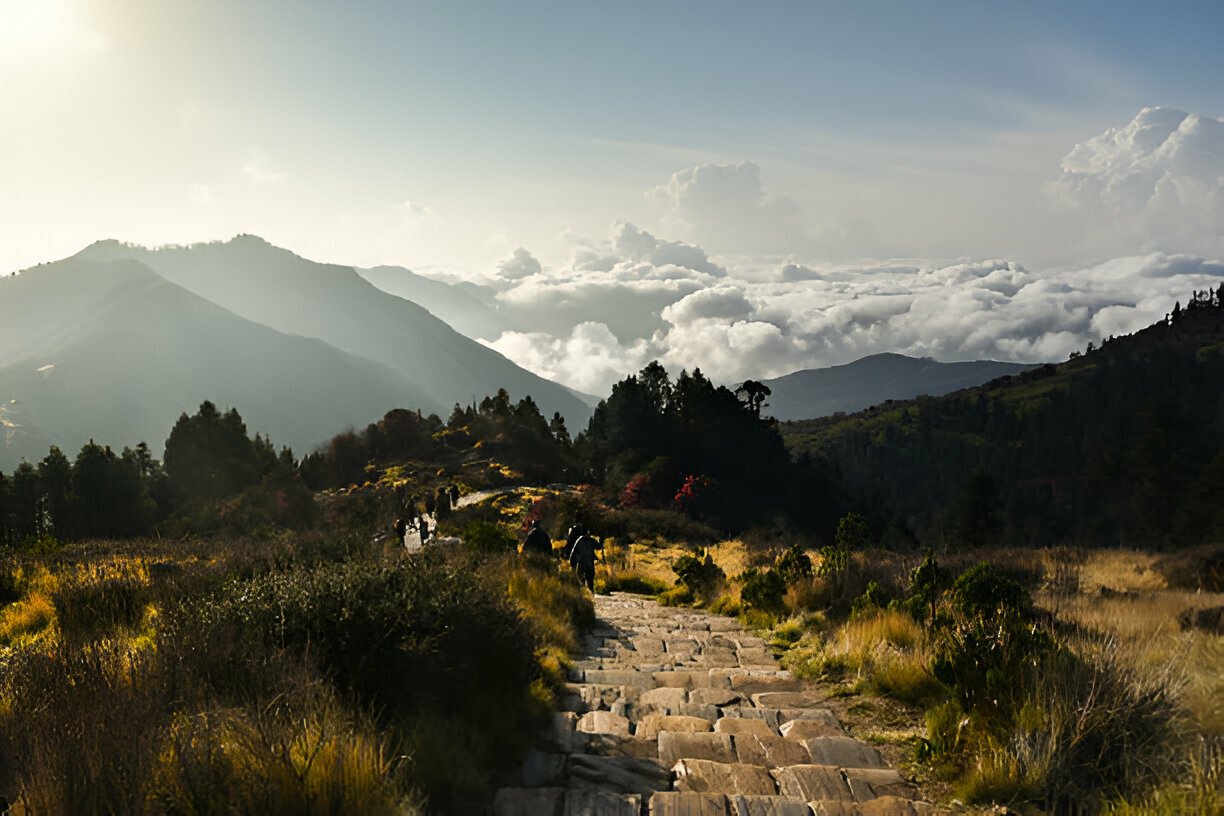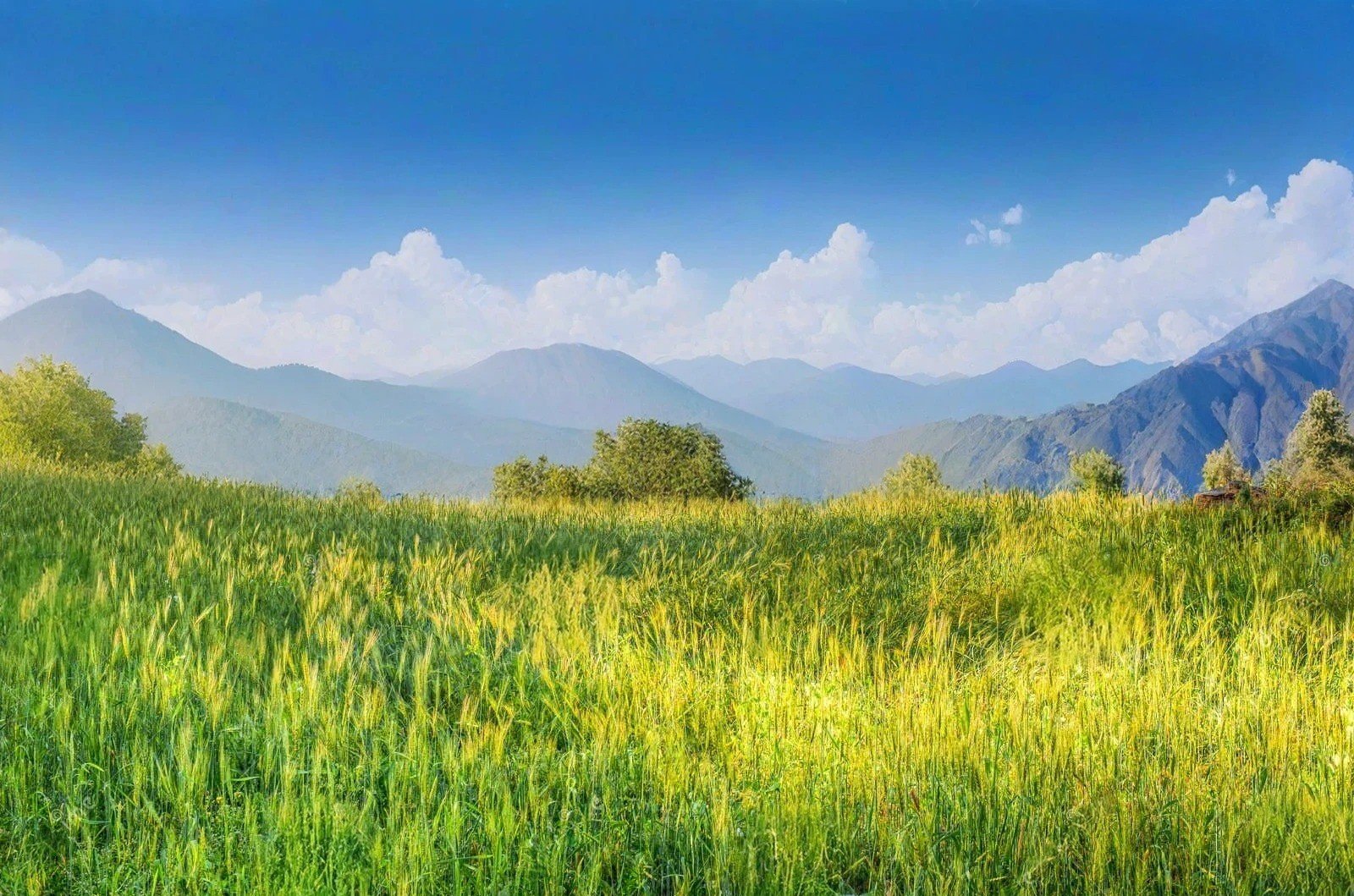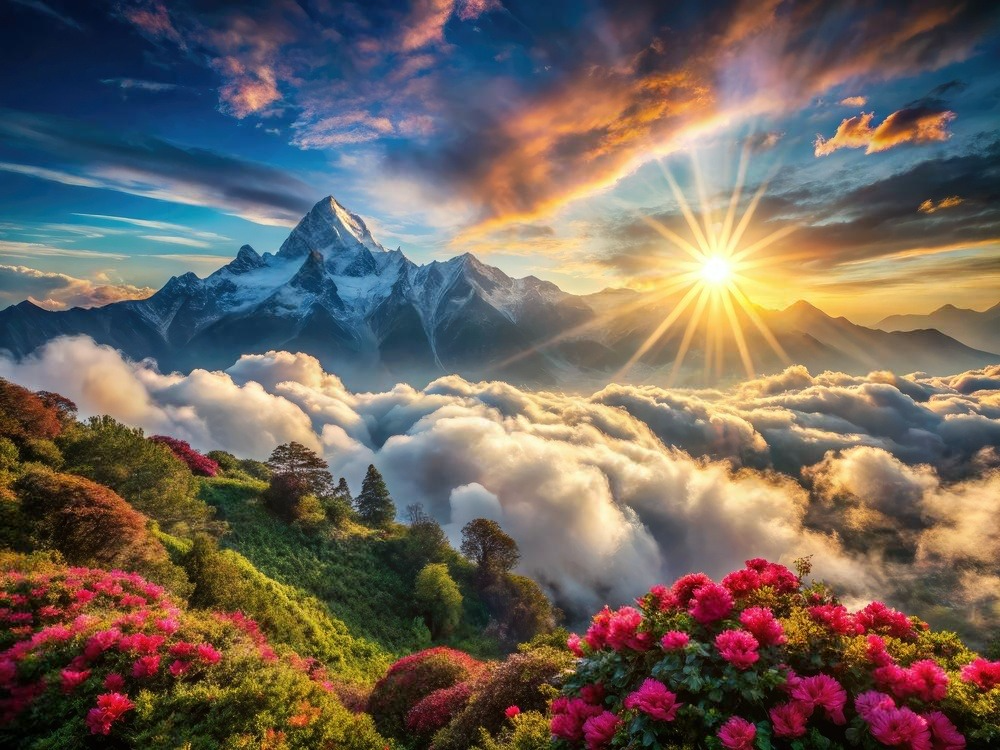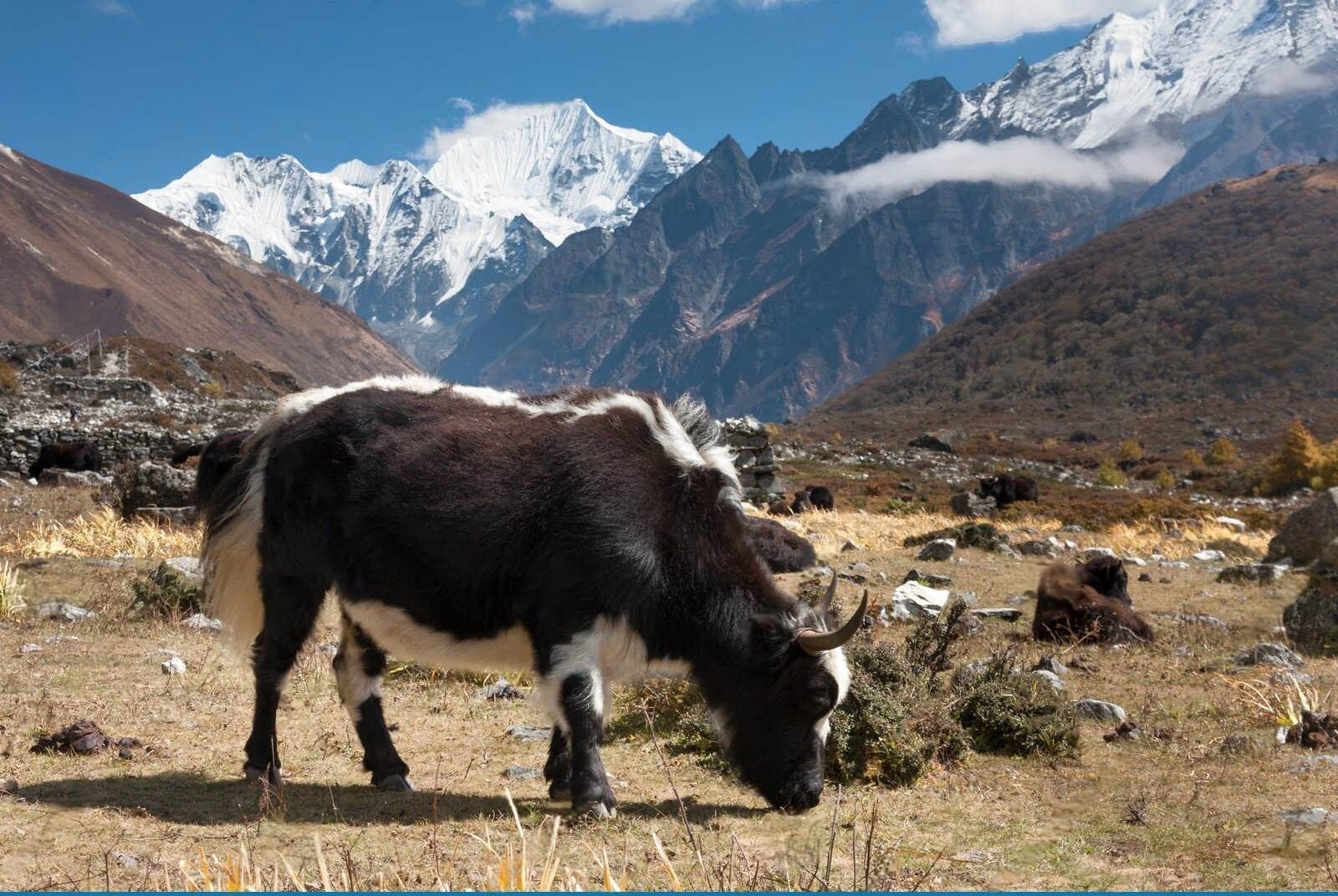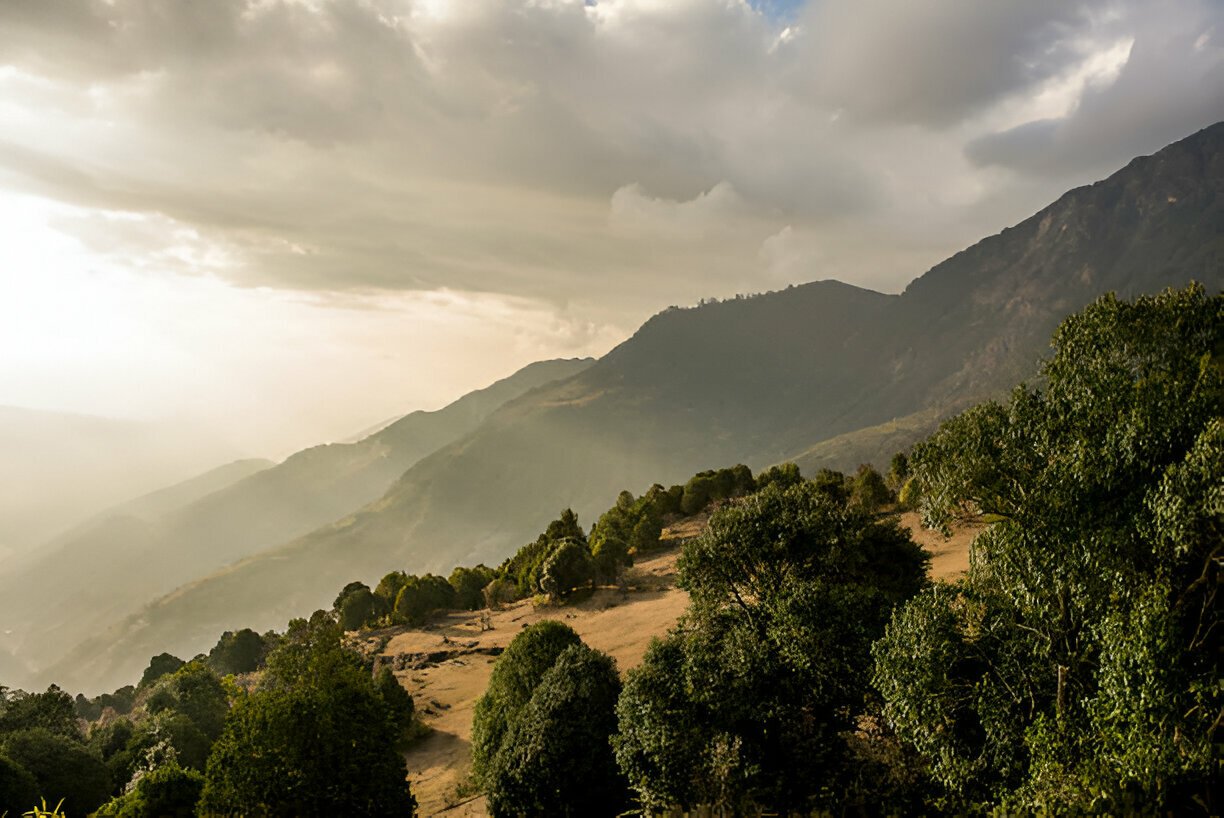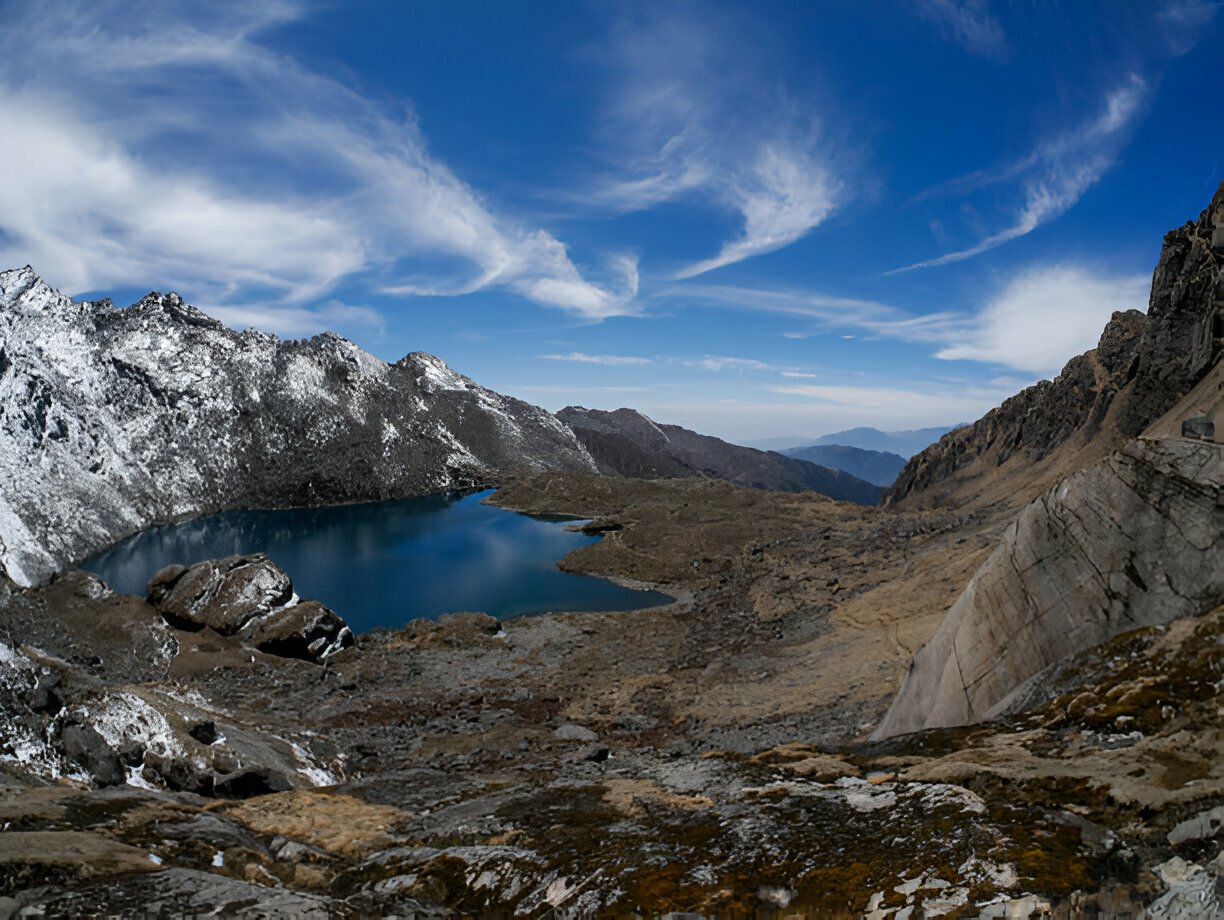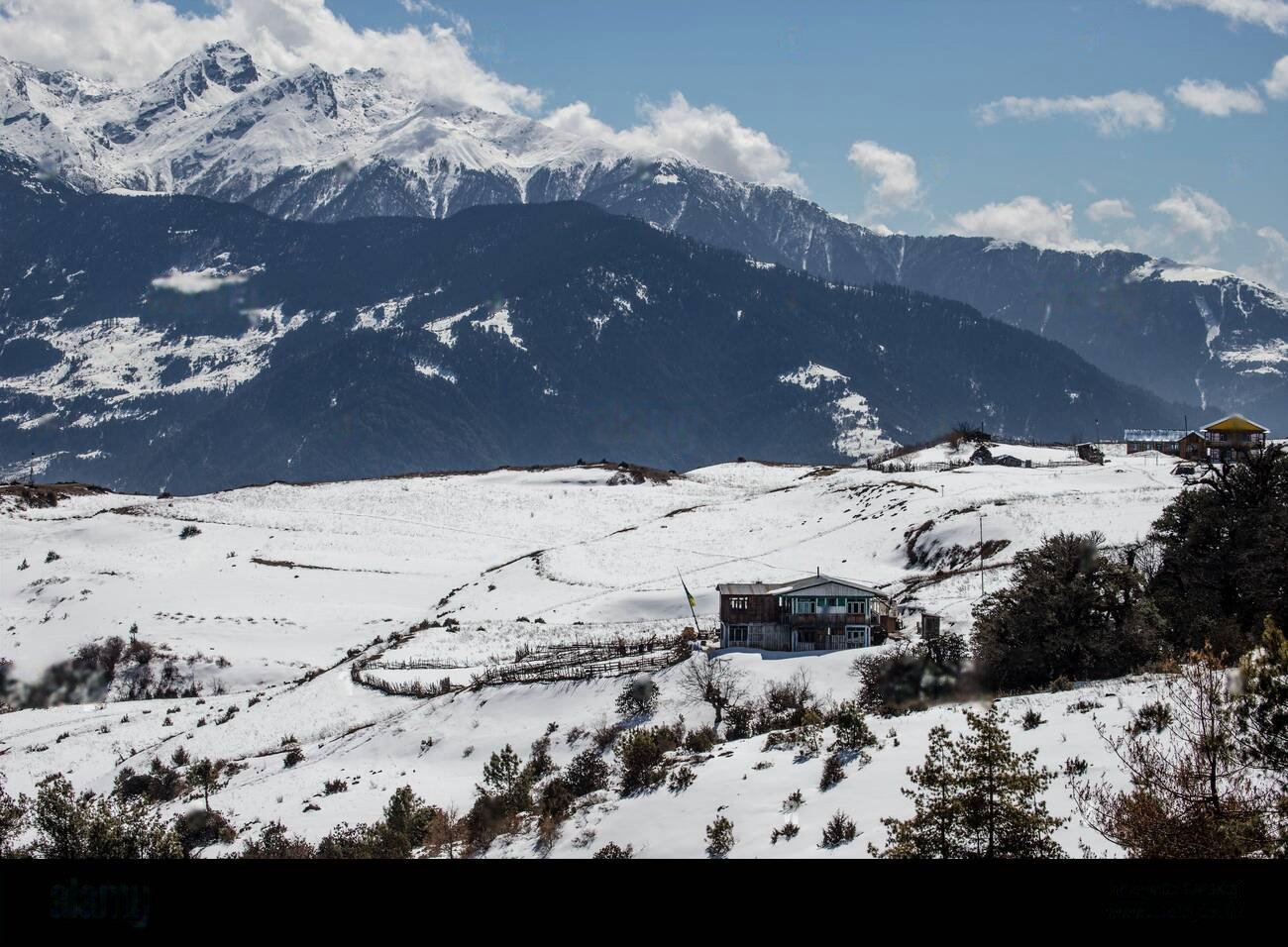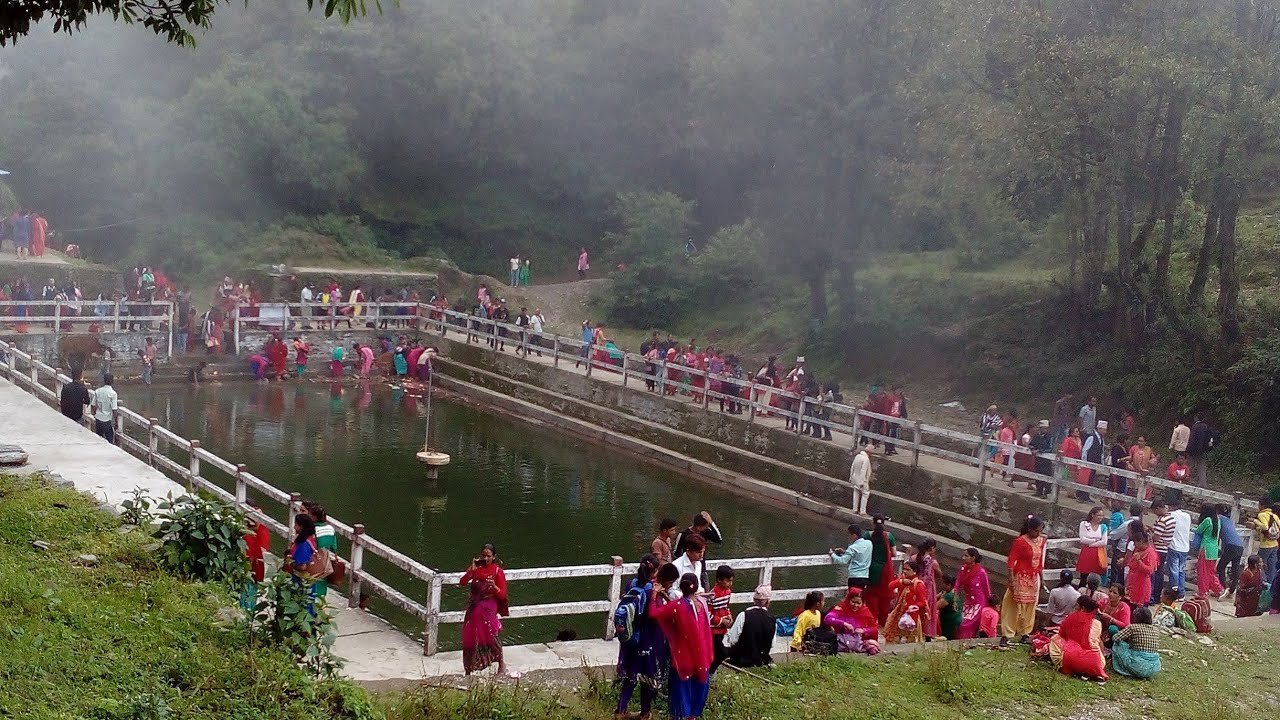 Detailed Information
Detailed Information
Resunga offers a multidimensional experience that seamlessly blends spiritual pilgrimage, ecological exploration, and cultural discovery within a landscape of breathtaking natural beauty. What distinguishes this sacred mountain is the way it engages visitors in a gradual unveiling of its treasures through a physical journey that parallels the inward spiritual ascent central to Hindu and Buddhist traditions.
As you begin the climb from Tamghas along ancient stone pathways winding through terraced fields and traditional villages, the modern world gradually recedes. The trail transitions into dense forest filled with the scent of pine and rhododendron, where dappled sunlight filters through the canopy and the sounds of native birds create a natural soundtrack for your ascent. This approach becomes a walking meditation, with each step bringing you closer to both the physical summit and a more contemplative state of mind.
The cultural experience centers around the temple complex at the summit plateau, where devotees circumambulate the main Mahadev shrine in a clockwise direction, stopping to make offerings of flowers, incense, and red tika powder at various smaller shrines along the path. The religious practices here reflect a distinctive regional tradition that incorporates elements of mainstream Hinduism with local customs and beliefs preserved through generations of isolated mountain communities.
Resunga's significance extends beyond the purely religious into realms of historical and ecological importance. Local guides share stories of how the mountain served as a stronghold during various conflicts throughout Nepal's history, including resistance against the unification campaigns of King Prithvi Narayan Shah in the 18th century and later as a base for democratic movements against the Rana regime. These narratives add layers of meaning to specific sites around the mountain, transforming natural features into living historical monuments.
Throughout the day, the atmosphere on Resunga shifts with the changing light and the movement of pilgrims and visitors. Early morning brings devoted locals performing daily rituals in the crisp mountain air, while the warmer midday hours see picnicking families and nature enthusiasts exploring the network of trails around the summit. As evening approaches, the fading light creates spectacular views of the surrounding landscapes, and the temple precinct takes on a more meditative quality as day visitors descend and only the most devoted pilgrims remain for evening prayers. This natural rhythm reflects Resunga's seamless integration of spiritual practice, natural beauty, and community gathering space.
Resunga offers a multidimensional experience that seamlessly blends spiritual pilgrimage, ecological exploration, and cultural discovery within a landscape of breathtaking natural beauty. What distinguishes this sacred mountain is the way it engages visitors in a gradual unveiling of its treasures through a physical journey that parallels the inward spiritual ascent central to Hindu and Buddhist traditions.
As you begin the climb from Tamghas along ancient stone pathways winding through terraced fields and traditional villages, the modern world gradually recedes. The trail transitions into dense forest filled with the scent of pine and rhododendron, where dappled sunlight filters through the canopy and the sounds of native birds create a natural soundtrack for your ascent. This approach becomes a walking meditation, with each step bringing you closer to both the physical summit and a more contemplative state of mind.
The cultural experience centers around the temple complex at the summit plateau, where devotees circumambulate the main Mahadev shrine in a clockwise direction, stopping to make offerings of flowers, incense, and red tika powder at various smaller shrines along the path. The religious practices here reflect a distinctive regional tradition that incorporates elements of mainstream Hinduism with local customs and beliefs preserved through generations of isolated mountain communities.
Resunga's significance extends beyond the purely religious into realms of historical and ecological importance. Local guides share stories of how the mountain served as a stronghold during various conflicts throughout Nepal's history, including resistance against the unification campaigns of King Prithvi Narayan Shah in the 18th century and later as a base for democratic movements against the Rana regime. These narratives add layers of meaning to specific sites around the mountain, transforming natural features into living historical monuments.
Throughout the day, the atmosphere on Resunga shifts with the changing light and the movement of pilgrims and visitors. Early morning brings devoted locals performing daily rituals in the crisp mountain air, while the warmer midday hours see picnicking families and nature enthusiasts exploring the network of trails around the summit. As evening approaches, the fading light creates spectacular views of the surrounding landscapes, and the temple precinct takes on a more meditative quality as day visitors descend and only the most devoted pilgrims remain for evening prayers. This natural rhythm reflects Resunga's seamless integration of spiritual practice, natural beauty, and community gathering space.

From $0
Price Varies from Group Size
Success
Here goes about why the success toast occurred.
 Activity Outline
Activity Outline
Ascent through Forest Trails
Temple Complex and Morning Rituals
Sacred Circuit and Viewpoints
Forest Meditation and Natural Springs
Historical Sites and Folk Traditions
Traditional Arts and Crafts
Community Heritage and Sustainable Practices
Sunset Blessing and Descent
 Good to Know
Good to Know
Comfortable hiking shoes and layered clothing are essential as temperatures at the summit can be significantly cooler than in Tamghas, especially in morning and evening hours.
Cultural Highlights
Baisakh Purnima Festival: Major annual celebration with overnight ceremonies and cultural performances
Traditional Music: Unique regional devotional songs and instrumental traditions
Folk Dances: Ritual performances depicting mythological stories associated with the mountain
Oral History: Rich tradition of stories and legends transmitted through generations
Craft Traditions: Distinctive regional styles of religious art and ritual objects
Visitor Etiquette
Dress modestly with shoulders and knees covered when visiting temples
Remove shoes before entering temple sanctums
Walk clockwise around religious structures
Speak quietly near meditation areas and temples
Ask permission before photographing people in prayer
Avoid picking plants or disturbing wildlife
Carry out all trash and minimize environmental impact
Nearby Attractions
Ridi Bazaar: Ancient trading center with important Ruru Kshetra temple complex (25 km)
Satyawati Lake: Sacred lake with boating and picnic facilities (35 km)
Tamghas Cultural Heritage: Traditional architecture and local museums (2 km)
Ruru Kshetra: Important pilgrimage site at the confluence of rivers (30 km)
Musikot Durbar: Historical palace with regional significance (22 km)
 Reviews
Reviews
 FAQs (Frequently Asked Questions)
FAQs (Frequently Asked Questions)
Your queries are answered.
How difficult is the climb to Resunga's summit?
The traditional pilgrimage path rises approximately 800 meters over a distance of 4-5 kilometers, representing a moderately challenging hike for most visitors. Well-maintained stone steps cover much of the route, though some sections can be steep. Most reasonably fit visitors can complete the ascent in 2-3 hours with regular breaks. A recently constructed road now provides vehicle access approximately halfway up, reducing the climbing time for those with limited mobility or time constraints. During major festivals, simple palanquin services are sometimes available for elderly pilgrims.
When is the best time to visit Resunga?
March through May offers spectacular rhododendron blooms and coincides with the major Baisakh Purnima festival when the mountain is at its most culturally vibrant. October through November provides clear skies with the best Himalayan views and comfortable temperatures. The winter months (December-February) offer solitude and crystal-clear air but can be quite cold, especially in early morning and evening. The monsoon season (June-September) transforms the forests into lush green sanctuaries but can make trails slippery and views often obscured by clouds.
Are there accommodations available on the mountain?
A simple pilgrims' rest house near the main temple provides basic overnight shelter during peak festival periods. For most visitors, accommodation in Tamghas (just 2 km from the trailhead) offers a range of options from simple guesthouses to more comfortable hotels. Those seeking a more immersive experience can arrange homestays with local families in villages around the mountain base, providing authentic cultural interactions and traditional meals. For serious spiritual practitioners, extended stays in simple meditation huts can sometimes be arranged through the temple committee with advance notice.
What is the ecological importance of Resunga?
The mountain has been protected as a community forest for generations, creating an island of biodiversity in an otherwise heavily cultivated region. It harbors one of the last intact mid-hill forest ecosystems in the area, supporting numerous plant species including rare medicinal herbs, orchids, and old-growth trees. The forest provides habitat for various wildlife including several threatened bird species and small mammals. Recent scientific studies have identified several plant species with significant pharmacological potential. The mountain also serves as an important watershed, with springs originating here supplying water to surrounding communities.
How has Resunga's religious significance evolved over time?
Archaeological evidence suggests the mountain has been considered sacred since pre-Hindu animistic traditions, with stone artifacts indicating ritual usage dating back at least 2,000 years. Hindu influence became dominant during the medieval period, with the earliest temple structures dating to approximately the 14th century. Buddhist elements were incorporated during various periods, reflecting the fluid religious boundaries characteristic of Himalayan spirituality. In modern times, while formal worship follows mainly Hindu protocols, the site maintains a syncretic character that welcomes diverse spiritual approaches. Contemporary reverence for the mountain increasingly incorporates environmental protection as an expression of spiritual values.
Are there any restrictions for female visitors during the monthly cycle?
While some traditional temples in Nepal maintain restrictions regarding women during menstruation, Resunga's temples generally follow more inclusive practices. Women experiencing their monthly cycle are usually welcome to visit the outer temple areas and participate in most rituals, though some may choose to respect traditional practices by avoiding entering the innermost sanctum during this time. The mountain's broader sacred landscape has numerous important sites associated with feminine divine energy where all women are welcome regardless of menstrual status. Temple authorities emphasize personal choice and private devotion over rigid enforcement of restrictions.
What conservation challenges does Resunga face?
Despite its protected status, Resunga faces environmental pressures including habitat fragmentation due to road construction, occasional illegal timber harvesting, over-collection of medicinal plants, and increased solid waste from growing visitor numbers. Climate change has affected water sources and vegetation patterns. Community-based conservation initiatives are addressing these challenges through reforestation, sustainable tourism development, environmental education, and improved waste management systems. Visitors can support these efforts through responsible practices and contributions to local conservation funds.




